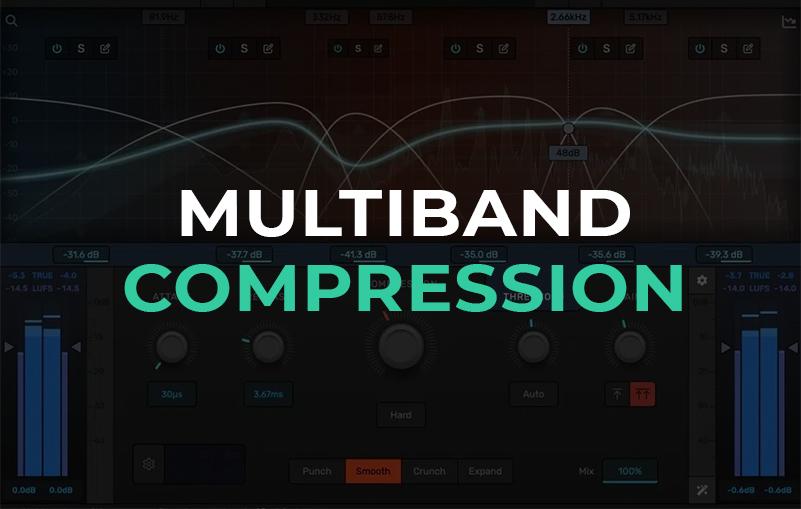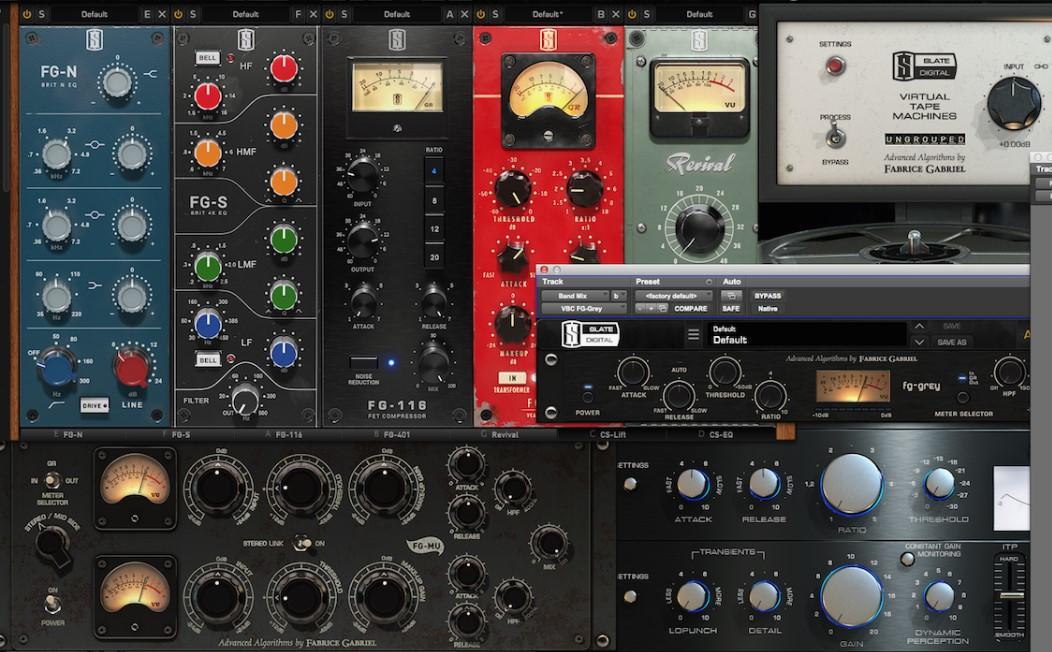Musical modes

Modes are fundamental elements in Western music theory, providing a foundational structure for countless compositions. If you’ve ever encountered a discussion of modes in a music class, you may have noticed that each mode has a Greek name. This ties back to their roots in ancient history, as modes appeared very early in the development of music. Simply put, a mode is a particular type of scale, like the familiar “do re mi fa so la ti do” from The Sound of Music. When we adjust just one note in this scale, we create a distinct character we call a mode. Each mode has its own mood and atmosphere, bringing a unique flavor to the music.
In Western musical tradition, there are seven primary modes: Ionian, Dorian, Phrygian, Lydian, Mixolydian, Aeolian, and Locrian. Each one has its own characteristics; some sound brighter and more major, while others lean towards a minor, somber feel. Originally rooted in church music, these modes are now present across a broad range of genres, from film scores and orchestral compositions to rock, pop, and jazz.
What are musical modes?
What is a mode in musical terms? It is a kind of modified scale, where you can start from any note, not just the root. Each of the modes – from the Ionian to the Locrian – has characteristic features that give it a special sound and influence on the mood of the piece. Their historical roots go back to ancient Greek culture, and over time they have strengthened their position in Western music, becoming an important part of the curriculum of music theory.
The study of modes is an immersion in the complex world of musical shades and interactions of sounds, where each mode becomes an independent system of sound connections.
Basic interpretations of the mode
The concept of “mode” has various interpretations, each highlighting its unique role in music theory.
- Mode as a scalar structure. Here, a mode is understood as a foundational structure often used in traditional and liturgical music, such as in Catholic and Orthodox traditions. In this sense, modes are variants of diatonic scales, typically filling the octave with a specific sequence of whole and half steps. For instance, the Ionian mode, also known as the “natural major,” follows the pattern W-W-H-W-W-W-H, while the natural minor is W-H-W-W-H-W-W. This view of modes dates back to antiquity, with figures like Aristides Quintilianus and Boethius referring to modes as “tropes” or “modes.” Today, equating modes with scales is considered a simplification;
- Mode as a tonal center in harmony. In the Classical-Romantic tradition, a mode serves as the basis of a tonal system, centered around a single tone—the tonic. In Soviet music theory, this approach became well-established, defining a mode as a “system of tonal relationships” where the tonic serves as the primary point of attraction. In this context, a mode is seen as the framework for organizing sounds and chords around a central note. Musicologist Carl Dahlhaus referred to this concept as “harmonic tonality,” emphasizing its importance in Classical and Romantic music;
- Mode as a universal system of tonal relationships. This approach sees a mode as a structure of tonal relationships, independent of historical or cultural context. Here, a mode acts as a critical element within a musical piece, unfolding over time and within a defined space. In the teachings of theorists like Tulin and Bershadskaya, a mode is described as a logically organized system closely connected with harmony in polyphonic music. In monophonic music, on the other hand, the presence of a mode does not imply harmony but still serves as the foundation for tonal interaction;
- Mode as a traditional chant form in church music. Byzantine and Russian researchers of church singing, such as D.V. Razumovsky and Y.K. Arnold, use the term “mode” to refer to glas, an ancient chant style used in Orthodox and Byzantine traditions. This interpretation of mode reflects a rich musical heritage, linking it to the unique styles and musical structures characteristic of religious rituals.
What’s the difference between scales and modes?
While the terms “scale” and “mode” might sometimes seem interchangeable, especially when playing the piano, there’s a distinct difference between them.
A piano scale is a specific set of notes within an octave arranged in ascending or descending pitch. These notes follow a particular order, and the intervals between them define the character of the scale. This structure allows us to create a formula that can transpose the scale to different keys, forming recognizable melodies and harmonies.
A scale is essentially an ordered sequence of notes with a clear starting and ending point. For example, the C major scale starts on C and ends on C an octave higher. However, with the seven unique notes in this scale, we can create different modes. By taking the notes of the C major scale (C – D – E – F – G – A – B – C), known as the Ionian mode, and shifting the starting note from C to D—while keeping the note sequence the same (D – E – F – G – A – B – C – D)—we create the second mode, known as Dorian.
History of musical modes
The history of musical modes dates back centuries, long before the major and minor scales we know today. They originated in Ancient Greece, where modes were named after various regions, like Mixolydian and Dorian. Although ancient Greek modes differed somewhat from those developed later, their influence on music was profound. Notable philosophers, such as Plato and Aristotle, wrote about how each mode could evoke specific moods and emotions, emphasizing their importance in musical perception.
A common misconception is that medieval European church modes directly inherited the traditions of ancient Greek modes. However, church modes were actually developed in the 9th century and became central to Christian culture, especially in Gregorian chant. Over time, these modes gradually gave way to chromatic and diatonic scales, which became the foundation for the harmonic structure of Western music.
Starting with J.S. Bach, music increasingly centered around a tonal system (e.g., C major, D minor, etc.), and modes fell out of mainstream use for quite some time. However, interest in modes reemerged in the 20th century, particularly in jazz, where modes are used to create unique, exotic sounds that add depth and individuality to the genre.
The Seven Modes of the Major Scale
In Western music tradition, there are seven main modes, each named after a region in Ancient Greece. Each of these modes creates its own unique mood and evokes specific emotions in the listener.
Ionian Mode
The Ionian mode is essentially the same structure as the major scale. One of the first scales learned on the piano is the C major scale, as it only uses the white keys (C – D – E – F – G – A – B – C). So, by learning the C major scale, you’re already familiar with the Ionian mode!
Since the Ionian mode is identical to the major scale, it’s commonly used in popular music. Most pop and rock songs are written in the Ionian mode, making it the most familiar and comfortable sound for listeners.

Dorian Mode
The Dorian mode is the second in the sequence of the seven main modes. To play the Dorian mode, you use all the notes from the C major scale (C – D – E – F – G – A – B – C) but start the sequence from D. This gives you the notes D – E – F – G – A – B – C – D.
Although it uses the same notes as C major, the Dorian mode creates a completely different sound and mood, distinctive to the Dorian character.

Phrygian Mode
The Phrygian mode is the third in the sequence of the seven main modes. Structurally, it resembles the natural minor scale (also known as the Aeolian mode), but with one key difference: in the Phrygian mode, the second note is a half step above the tonic, rather than a whole step. This creates its distinct, slightly tense sound.
To build the Phrygian mode, use all the notes from the C major scale but start from E. This gives you the following sequence of notes: E – F – G – A – B – C – D – E.

Lydian Mode
The Lydian mode is the fourth of the seven main modes. To create the Lydian mode, use the notes from the C major scale, but start the sequence on F. This gives you the following notes for the Lydian mode: F – G – A – B – C – D – E – F.
This mode is quite similar to the major (or Ionian) mode, with one key difference: the fourth note in the Lydian mode is raised, making it an augmented fourth above the tonic rather than a perfect fourth.

Mixolydian Mode
The Mixolydian mode is the fifth of the seven main modes. It resembles the major scale (or Ionian mode) but with one key difference: the seventh note in the Mixolydian mode is lowered by a half step, making it a minor seventh instead of a major seventh.
To build the Mixolydian mode, take the notes of the C major scale and start from G. This results in the following sequence: G – A – B – C – D – E – F – G. The Mixolydian mode is commonly found in chord progressions, especially in movements between the tonic and dominant, making it a popular choice in various forms of contemporary music.

Aeolian Mode
The Aeolian mode is the sixth of the seven main modes and is more commonly known as the natural minor scale. When built on natural notes, it starts from A and is called the A natural minor scale. The sequence of notes for the Aeolian mode is as follows: A – B – C – D – E – F – G – A.
Many popular songs written in a minor key make use of the Aeolian mode. If you’re looking to compose your own piece, the Aeolian mode is a great starting point for creating a rich, minor sound.

Locrian Mode
The Locrian mode is the seventh and final of the main modes. If you take the notes of the C major scale and start the sequence from B, you’ll get the following scale: B – C – D – E – F – G – A – B. The unique feature of the Locrian mode is its fifth note, which creates a diminished fifth interval, giving this mode a distinctively tense sound.
Although it’s used less frequently than other modes, the Locrian mode has an unusual and mysterious character, making it appealing to musicians looking for new ways to create unique tonal colors.

Parent Scale: How to Find the Right Mode
The descriptions and diagrams above have shown how to use the parent scale method to build modes. Knowing the mode’s order number (recap: 1st — Ionian, 2nd — Dorian, 3rd — Phrygian, 4th — Lydian, 5th — Mixolydian, 6th — Aeolian, 7th — Locrian) allows you to construct any mode.
To determine the structure of a mode, simply count back to its parent scale.
Let’s look at an example with the D Mixolydian mode. Mixolydian is the fifth mode, and D is the fifth note in the G major scale. Therefore, D Mixolydian is simply an 8-note scale starting and ending on D but following the same interval pattern as G major. This gives us: D – E – F# – G – A – B – C – D.
Parent Scale: How to Identify a Mode in Music
Identifying the mode in a piece of music can seem challenging, but there are specific methods and techniques to make the process easier.
- Pay Attention to the Starting and Ending Chords: The opening and closing chords of a piece are often key indicators of its mode. Most compositions begin and end on chords that match the primary mode. For instance, if a piece starts and ends with a C major chord, it’s a strong sign that the main mode could be C major;
- Determine the Tonic: The tonic is the main “home” note of the mode, around which the composition is built. Try to identify this note by playing different notes on an instrument and comparing them to the piece’s melody. This can help you catch the main tone and overall feel of the music;
- Use Musical Instruments: Sometimes it’s easier to identify the mode by playing the melody on an instrument, as this helps you hear the intervals and chords that define the mode. This approach is especially useful with complex pieces, where different instruments play distinct lines, creating rich harmonies;
- Practice and Experience: Regular practice in identifying modes helps develop musical ear. The more you listen to and analyze different musical pieces, the easier it becomes to recognize modes by ear. This is a valuable skill for musicians, arrangers, and anyone passionate about music.
Parent Scale: Examples of Mode Analysis in Famous Compositions
- “Moonlight Sonata” by Beethoven: This iconic piece is written in the C minor mode, which gives it a deep and melancholic sound. The attention to dynamics and harmony allows listeners to fully experience the atmosphere created by the minor mode;
- “Summer” from Vivaldi’s Four Seasons: This virtuosic piece is in the G minor mode, highlighting the drama and tension within the composition. Here, the minor mode is used to create a sense of anticipation and suspense, which is a key characteristic of this musical piece;
- “Yesterday” by The Beatles: This song is written in the F major mode, giving it a soft, slightly nostalgic feel. The major mode creates a warm, comforting atmosphere that perfectly complements the lyrics.
These examples and tips can be valuable for both beginner and experienced musicians in understanding and identifying modes in music—a crucial element in creating and analyzing compositions. In the world of music, modes play an essential role in defining the structure and emotional tone of a piece.
Major and Minor: The Primary Modal Systems
The major mode is defined by a sequence of intervals: whole – whole – half – whole – whole – whole – half. This gives it a bright, uplifting sound, often associated with joy and celebration. The minor mode, with its structure of whole – half – whole – whole – half – whole – whole, creates a deeper, more melancholic tone, evoking feelings of sadness or reflection.
Practicing Modes on the Piano
The best way to learn and understand musical modes is through hands-on practice on a keyboard. If you don’t have access to a physical piano, try using a virtual one. If you’ve ever tried to learn a classical or popular piece, chances are you already have experience with different modes. Experimenting with various modes on a virtual keyboard will help you notice how each mode shapes the melody’s sound and character.
Musical modes have existed since ancient times and are still widely used for various purposes. They continue to play a vital role in church music, classical, and jazz, helping to create expressive, emotionally resonant melodies.










